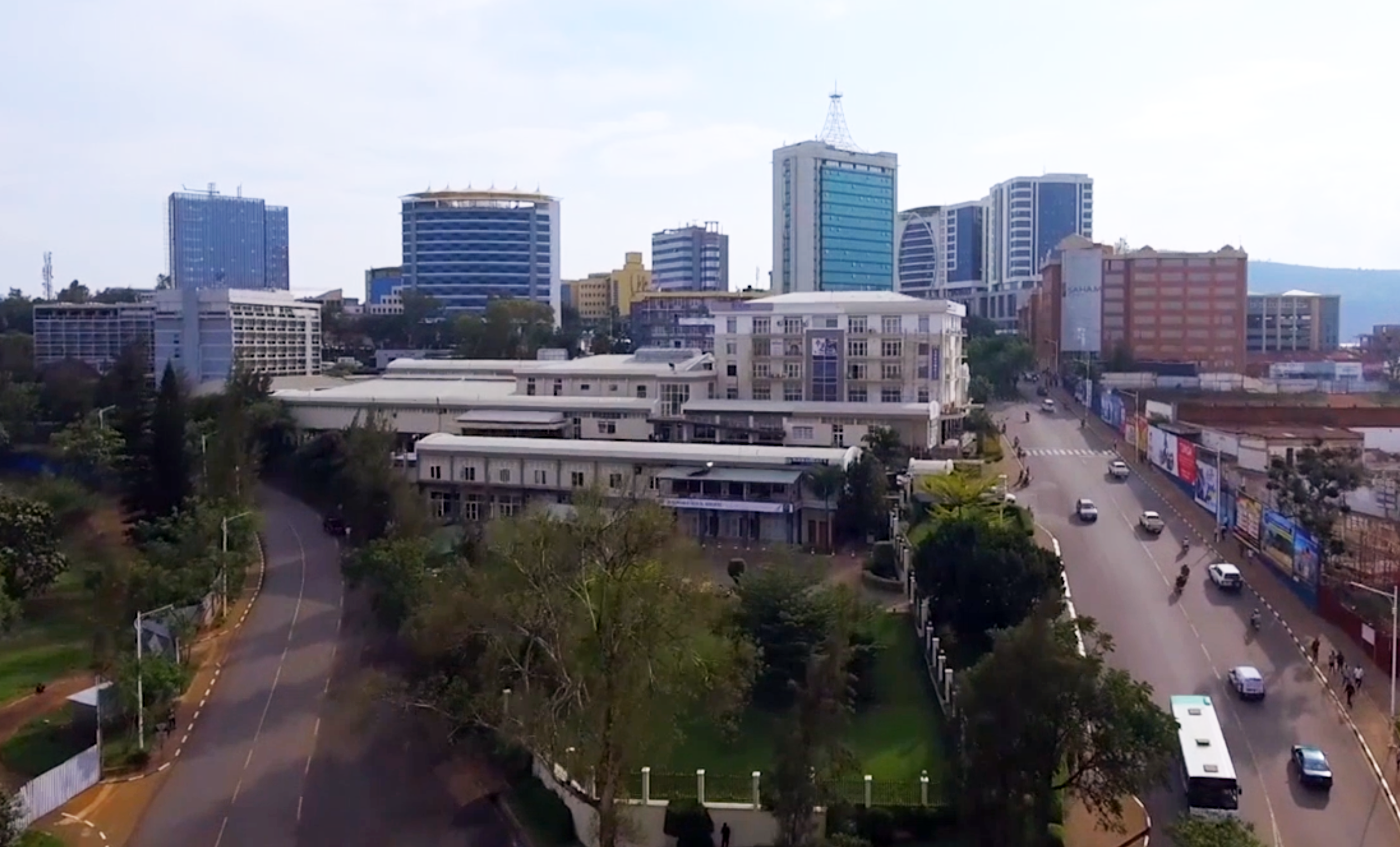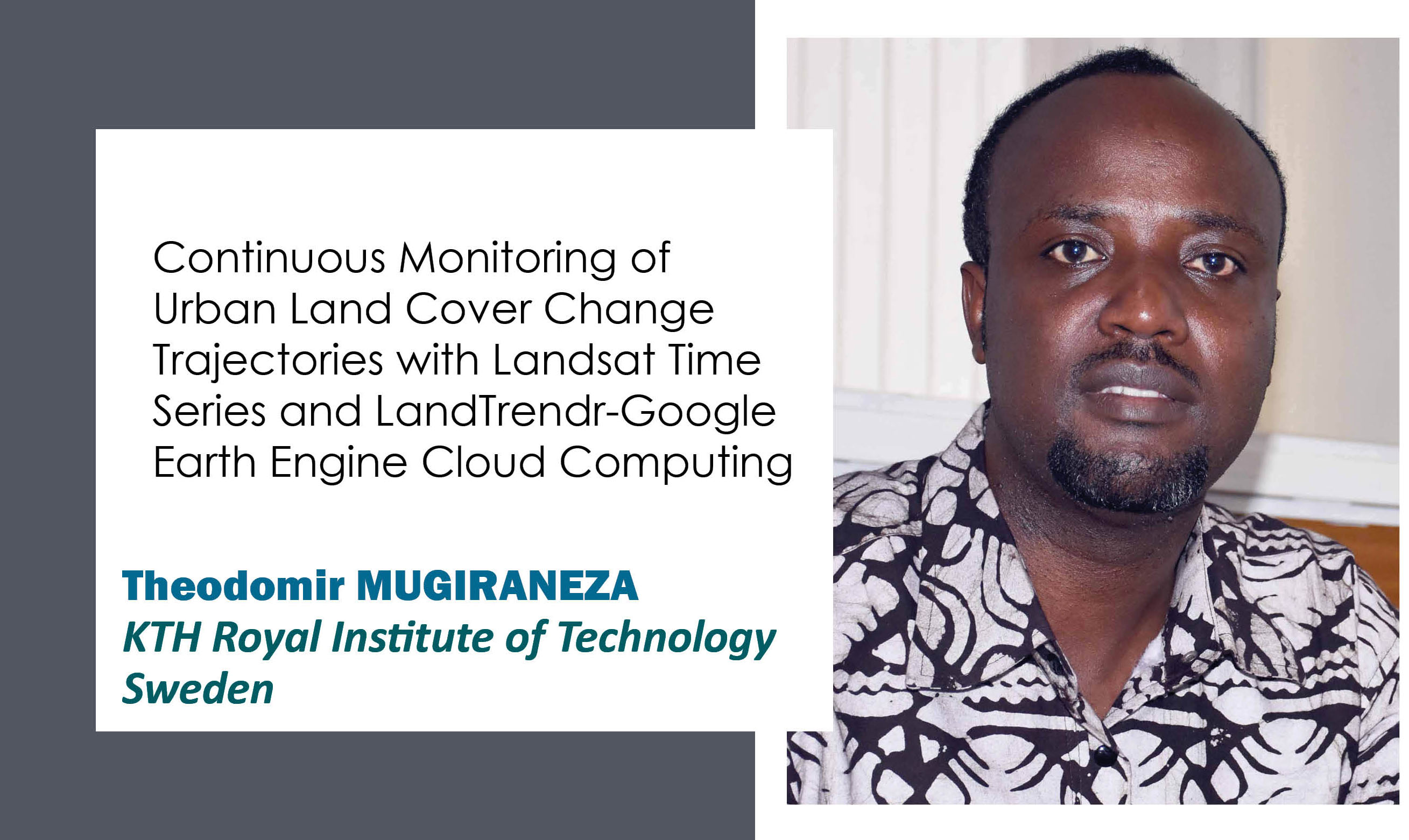A recent published research has indicated that monitoring the complex urban land cover dynamics can be easier thanks to increased availability of analysis-ready Earth Observation (EO) data and the access to big data analytics capabilities on Google Earth Engine (GEE). This research was conducted by Theodomir Mugiraneza under the title “Continuous Monitoring of Urban Land Cover Change Trajectories with Landsat Time Series and LandTrendr-Google Earth Engine Cloud computing”. The research used Kigali ; the capital city of Rwanda as a case study. The case study is reckoned to be one of Sub-Saharan urban environments with a spread of informal settlements and unregulated constructions in the last three decades. The study availed key statistics for better understanding the spatial-temporal land cover change trajectories in Kigali over the past 32 years-from 1987 to 2019.

Kigali evolved in a spectacular fashion in the aftermath of 1994 Genocide
This research proposed a framework for analyzing urban land cover change trajectories based on Landsat time series and LandTrendr, a well-known spectral-temporal segmentation algorithm for land-based disturbance and recovery detection. The land cover change reconstruction was implemented using Google Earth Engine, a cloud-based platform for planetary-scale geospatial analysis and Earth observation big data analytics method.
The results were helpful for producing reliable land cover classification and reconstructing annual dense land cover in the study area. The proposed scheme was found to be cost-effective and useful for continuously monitoring the complex urban land cover dynamics, especially in environments with earth observation data affordability issues, and in data-sparse regions.
The results illustrated that urbanization was gradually increasing between 1987 and 1991, with an annual growth rate ranging between 2% and 3%. The period from 1991 to 1995 was characterized by a slowdown in the urbanization process, mainly due to political instability and economic recession emanating from war and armed conflict that took place in Rwanda between 1990 and 1994. From 2004 onwards, urbanization was taking off with the post-conflict reconstruction period, which was characterized by the emergence of estate development companies and investment promotion in the construction industry. During the post-genocide period, the increase in the built-up area is estimated at a 4.5% annual growth rate. Despite the persistence of unregulated constructions in urban fringe zones, the endorsement of the 2013 Kigali City Master Plan slowed down the spread of informal settlements.

Theodomir Mugiraneza
Mugiraneza is a faculty member of the College of Science and Technology, University of Rwanda currently following his PhD studies in Geoinformatics, School of Architecture and the Built Environment at KTH Royal Institute of Technology in Sweden. He is among the UR-Sweden Program PhD students under the bilateral research cooperation between Rwanda and Sweden under the support of the Swedish International Development Cooperation Agency (Sida).
